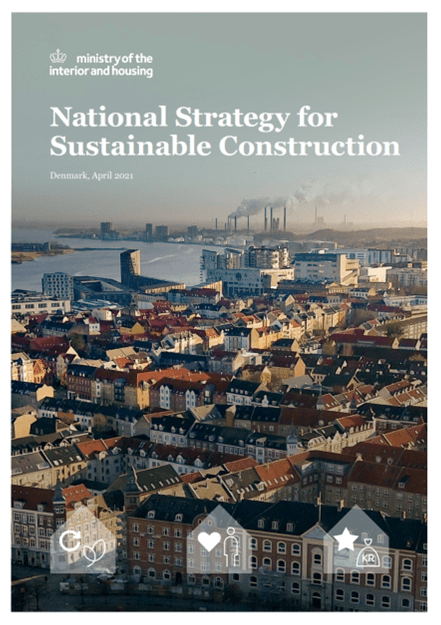
Carbon Warrior will be doing a series of spotlight pieces on policies and case studies from around the world that showcase the important role timber plays in the fight against climate change. Be a proud Carbon Warrior, choose renewables and help create a greener future!
It was no coincident that last year, Denmark was the top-performing country in the Climate Change Performance Index (CCPI) after agreeing on a new national strategy for sustainable construction.
The strategy set out a plan to phase in CO2 requirements measuring the climate footprint of buildings over the next five years. Initially, new buildings larger than 1000m2 will be required to meet CO2 equivalent (CO2e) limits, whilst buildings smaller than 1000m2 will only be required to calculate the life cycle assessment (LCA). It is then from 2025, all new builds will have to meet CO2e limit requirements.
These measures will be phased into the building code in the same way as any other technical requirements in the building code and will be reviewed biannually to ensure the targets align with latest data and knowledge.
It is important to note, that this policy could not have been developed without the foundation first being set by the Danish Government over seven years ago. In 2014, with aim to focus on sustainability in the built environment, the Danish government developed and later launched a national life cycle assessment tool for buildings. The goal of this LCA tool (LCAbyg) was to increase awareness of the impacts of the built environment and to understand where reductions in carbon emissions can be achieved.
A bit closer to home
Taking inspiration from Denmark, NSW has recently announced the new State Environmental Planning Policy SEPP (Sustainable Buildings) 2022 which encourages more sustainable buildings across NSW.
The NSW policy sets standards for both residential and non-residential builds and begins the process of measuring and reporting the embodied emissions. Like Denmark, standards and targets will not initially apply for embodied emissions, only the requirement to calculate and report embodied emissions will apply to all new residential buildings across NSW.
In Denmark, the data from their LCA tool enabled the Government to set the limit requirements which are being phased in next year. In NSW, they are looking to do the same, as they will analyse the data from the NSW BASIX tool to understand and set embodied emissions standards in the future.
Well done to NSW for introducing sustainable construction policies and taking the steps towards a greener future.
Reducing Embodied Carbon
A report published by the BioComposites Centre at Bangor University, highlighted that “timber systems have potential to contribute to GHG abatement by reducing embodied carbon and by storing sequestered carbon.” Further, the report found that by using timber frames rather than masonry, embodied emissions can be reduced by around 20% per building.
So be a Carbon Warrior, reduced embodied carbon by using timber now!
Our Principal Partners




